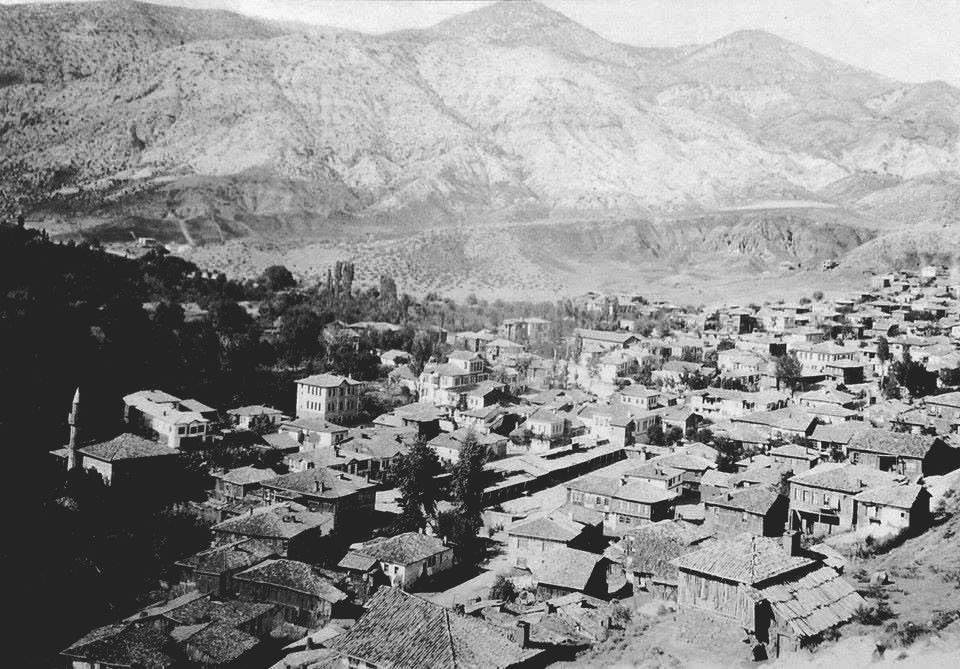
The district, through which the Sakarya River flows, has a lively relief with mountains and valleys. The mountains in the south and east of the district are mostly bare, towards the west and north the forestation increases with coniferous forests and oak stands.
The economy of the district is agricultural. Significant branches are especially beekeeping, silkworm breeding and the cultivation of legumes, vegetables and fruits. Nallıhan is known for the carpets and woven kilims knotted there, as well as for embroidery and wire filigree work
Toponym
The name derives from a caravanserai (Trk.: han) built by the later Grand Vizier Gümülcineli Damat Nasuh Pasha at the end of the 16th century on the ancient Silk Road to the Orient next to the river Nallı. Folk etymologically, the name is interpreted as ‘inn with the horseshoe’ (Trk.: nal), but the name is more likely derived from the Nallı Suyu, although, as the older surviving form Naallu shows, the name has nothing to do with a horseshoe.
There has been a settlement here for thousands of years.
Administration
The district of Nallıhan belonged to the Hüdavendigâr sancak, the predecessor of Vilâyet Hüdavendigâr, from which the province of Bursa emerged, until the 19th century, when it changed to the Angora/Ankara sancak. The district and its administrative seat was named Karahisar-ı Naallu. The village was not originally located at the present site, but probably where settlement remains can still be found at the Kayapınar estate. In 1594, when the later Grand Vizier Nasuh Paşa passed through the area on his way back from Aleppo to Istanbul, he had the Nallı Han (also: Koca Han) caravanserai with a mosque and a hamam built on the site of today’s village, as well as the Çayır Han and Ulu Han caravanserais further on in the district. Next to the caravanserai, the new center of the district developed, eventually taking its name.
History
Nallıhan is one of the small towns in Anatolia that can look back on a longer, centuries-old existence.
The area around Nallıhan was settled by Turks since 1073 and belonged to the Danishmenden Empire and later to the Rum Seljuk Sultanate. After the end of the Seljuk Empire, the Nallıhan area soon came under Ottoman rule.
Armenian Population
The Armenian colony in the kaza of Nallıhan had a population of 1,030. They maintained one church and two schools with an enrolment of 220 pupils.[1]
Destruction
On 6 August 1915, all the Armenian males of Nallıhan over the age of fourteen were arrested and dispatched along with 300 women and children; they were escorted by band commanded by Abdül Selim Tevfik. Two weeks later, 260 men were separated from the convoy and interned at the konak at Ankara. On 23 August they were set en route to the Syrian Desert.[2]
“The Armenians allowed to remain in Nallıhan – basically the families of conscripts – were rapidly parceled out to the Turkish villages in the vicinity.”[3]